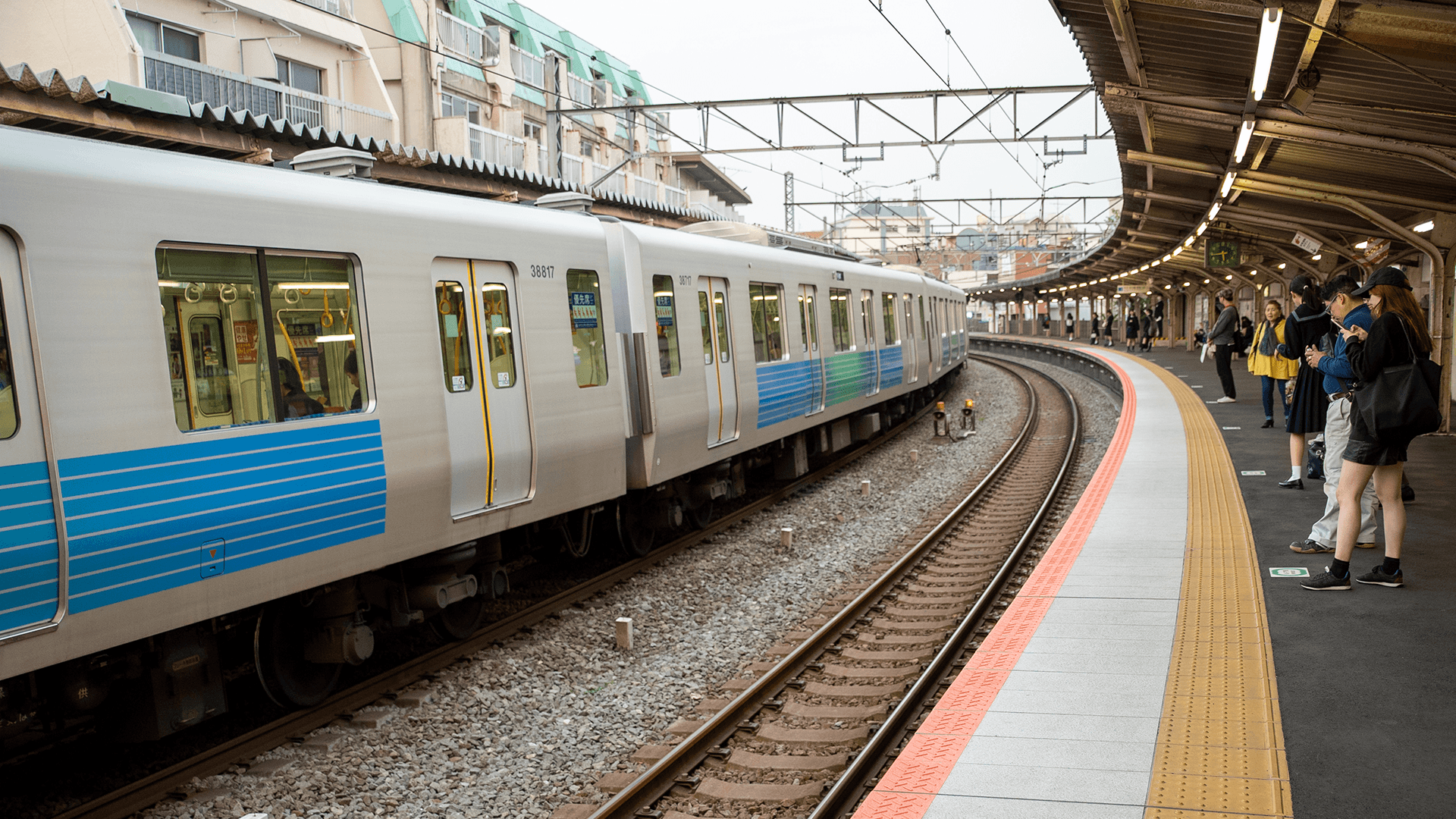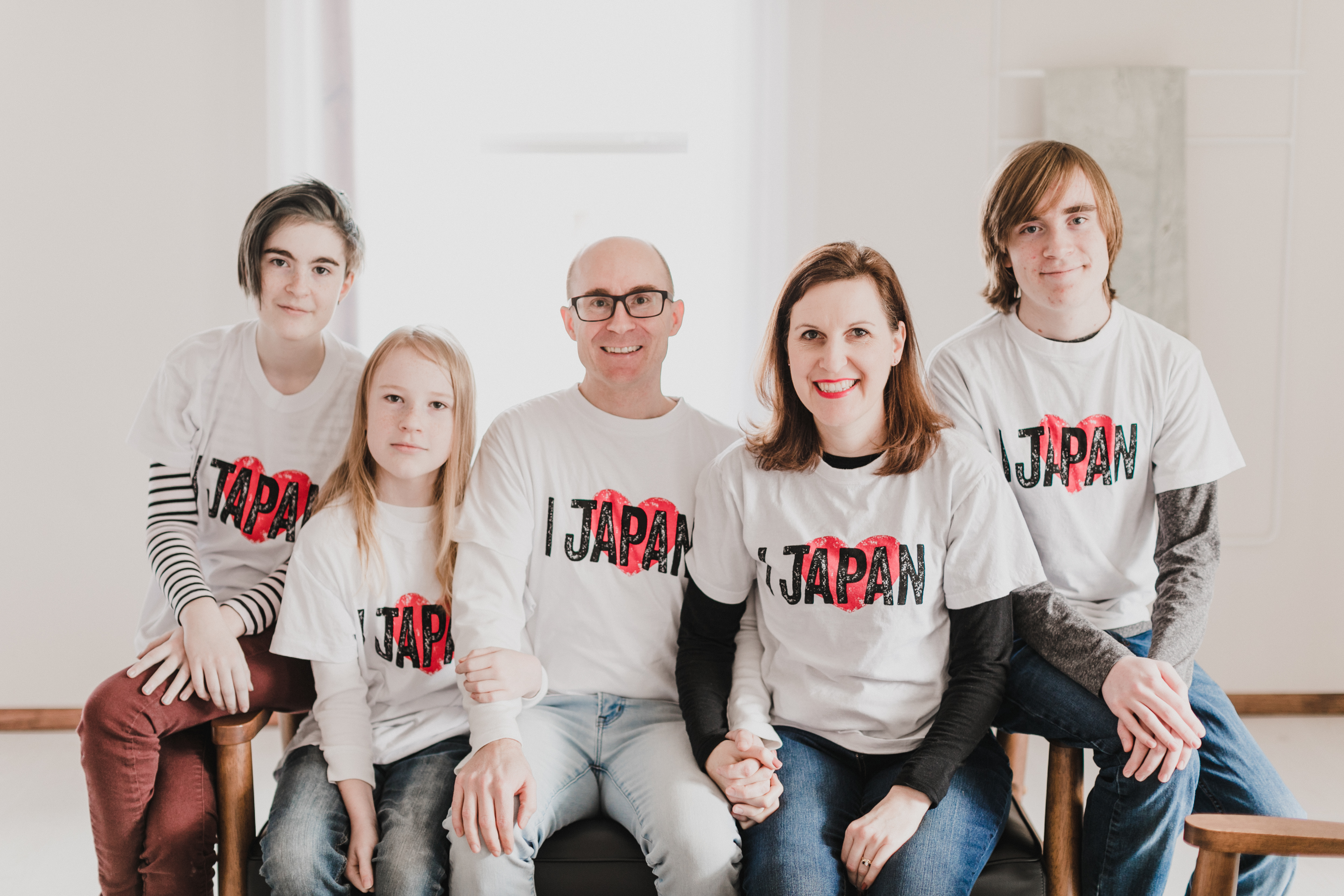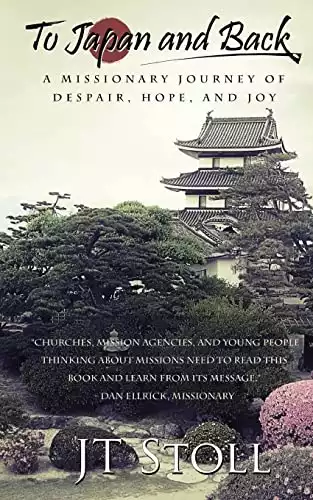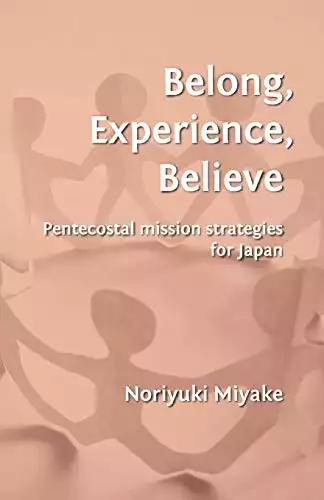
In 312 B.C., the Romans constructed the first of what was to become a sophisticated system of roads. As the Romans conquered areas, they would build roads to link newly captured cities with Rome, enabling their armies to quickly respond to threats.1
These roads were designed with speed of travel in mind, following a relatively straight line through the countryside. They were generally 10-12 feet wide, paved with hewn stone, and reinforced with banks of sand.2 Some are still in use today.3 Distances were marked with “mile markers” for every Roman mile (which were 1,000 5-foot paces, so slightly shorter than a modern mile).4
The Roman road system also included a network of way stations where government travelers could change horses/donkeys (generally every 10 miles) and state-run “hotels” where travelers could rest (generally every 20 miles).5
While the Romans built and maintained this system of roads to allow their armies to move quickly throughout the empire and to facilitate trade, the apostles and their teams took advantage of that road system to spread the gospel rapidly, planting churches in the population centers that formed alongside those roads.
The church has a history of using travel-related infrastructure (to which population centers naturally gravitate) for the rapid dissemination of the good news of Jesus’ love and for the planting of churches.
The Tsukuba Express Line
On August 24, 2005, a Japanese railway line was opened between Akihabara Station in Chiyoda, Tokyo and Tsukuba Station in Tsukuba, Ibaraki. The trains travel the 58.3 km line at speeds up to 130 km/hour, dramatically decreasing travel time between Tokyo and Japan’s science city of Tsukuba.6 In 2015, the Tsukuba Express line carried 431,060 passengers per day.7 The technology is so sophisticated that no conductors are needed on the trains – there is only one driver for the entire line.8
The Tsukuba Express Line runs through the most densely populated area on Earth and an area where the world’s second largest unreached people group resides in great numbers.

Along the Tsukuba Express line, there are a total of twenty railway stations. Among those stations are the 6th and 14th busiest railway stations in the world.9

Since the Tsukuba Express line serves commuters (between Tsukuba and the technology district of Akihabara) these stations along the line are natural population centers.
A Strategic Opportunity and an Audacious Vision
A highly-advanced system of travel with multiple “stations” that have grown into population centers. Sound familiar?
Just as the apostolic band made strategic use of the Roman system of roads, the Tsukuba Express line represents a strategic opportunity today. All that is required is a modern-day apostolic band — a group of believers sent to and raised up from within Japan to plant churches in these population centers, proclaim Jesus and His kingdom, disciple those who become Christ-followers, and train new believers to repeat this process.
Enter Assemblies of God missionaries Chris and Lindsey Carter, along with their children Wesley, Adelaide, and Hudson. Chris and Lindsey were both called to be missionaries at young ages — Lindsey at the age of seven and Chris at the age of seventeen. They met in college and married. They began their missions journey by living in Aberdeen Scotland, where Chris completed his Ph.D. in New Testament Studies at the University of Aberdeen. Subsequently, they were missionaries in the Philippines — at Asia Pacific Theological Seminary, teaching students from over 25 different nations.

While at Asia Pacific Theological Seminary, the Lord began to speak to Chris and Lindsey about Japan. During a trip to Osaka and Tokyo in May of 2009, the desperate need of the Japanese people became clear (less than one percent of the Japanese population is Christian and there are relatively few missionaries).
In 2014, Chris and Lindsey began pastoring Tsukuba International Christian Assembly (affectionately known as TICA), a vibrant bilingual congregation which had attracted multiple nationalities from Tsukuba, the “Science City” of Japan.

In this video, Chris and Lindsey describe how the church uses music, science, and the English language to draw Japanese people into the congregation.
Over the past few years, the international believers who are part of TICA have been mobilized to reach their non-Christian Japanese neighbors. Their efforts have been successful as now about one-quarter of the church is Japanese. Through the strategy employed by the church-planting team, unbelievers are immersed into Christian community, the love of God is revealed to them, and they begin to understand the purpose of Jesus’ mission on earth.
Although the church in Tsukuba is successful, God has given a larger vision. And Chris and Lindsey, along with their growing team of church planters, are committed to giving their lives for the fulfillment of this vision: twenty churches — one for each of the twenty railway stations along the Tsukuba Express line. Two hundred full-time missionaries — ten for each church plant.
Listen to Chris and Lindsey describe the vision God has given them:
With their commitment to this audacious plan, Chris and Lindsey have embraced the words of William Carey, the father of modern-day Protestant missions, who said, “Expect great things from God. Attempt great things for God.”
And now you and I have an opportunity to join the Carters’ team and be part of the great things they are attempting for God.
How To Join The Carters’ Team
If you’ve read our pillar articles (which can be reached through the tabs at the top of the site if you are using a desktop or the three-bar/”hamburger” menu if you are using a mobile device), you know that our conviction is that all believers should be part of a team seeking to reach the unreached. Some will go, some will pray, some will provide financial support, some will provide logistical support.
Here are seven ways you can be a part of Chris and Lindsey’s team:
- You can physically join the Carters by taking a short-term or long-term missions trip to Tsukuba. Opportunities include teaching English through weekly classes or Vacation Bible School/English Camp events, working with their Chi Alpha college ministry at the University of Tsukuba, music ministry, and much more. Learn more at the Carter’s website.
- Make a donation for the purchase and remodel of the Tsukuba Express Discipleship Station, the building next door to Tsukuba International Christian Assembly which will provide housing, office, and ministry space for the church-planting team.
- Spread the word about the Tsukuba church-planting project by adding a special frame to your Facebook profile picture. Three options are available: Option 1, Option 2, and Option 3.
- Pray for the Carters and the rest of their church planting team. Visit their website, their Facebook ministry page, and the Tsukuba International Christian Assembly website to learn more about the Carters’ prayer needs.
- Pray for Tsukuba
- You can support the Carters financially by signing up to support them on a monthly basis or to contribute a one-time gift at their Give page.
- If you are a pastor or missions leader in your church, we would encourage you to get in touch with Chris and Lindsey to see how they might be able to encourage your people for the cause of missions in Japan and also to find out how you can be of service to them. Contact them through their website.
COUNTRIES IN THIS ARTICLE: Japan
CITIES IN THIS ARTICLE: Tsukuba
WORKERS IN THIS ARTICLE: Chris and Lindsey Carter
1 Evan Andrews, “8 Ways Roads Helped Rome Rule the Ancient World,” History.com, accessed September 5, 2020, https://www.history.com/news/8-ways-roads-helped-rome-rule-the-ancient-world.
2Edwin M. Yamauchi, “On the Road With Paul,” Christianity Today, accessed September 5, 2020, https://www.christianitytoday.com/history/issues/issue-47/on-road-with-paul.html.
3 Ed Stetzer, “The Missionary Strategy of the Early Church,” New Churches, accessed September 5, 2020, https://newchurches.com/blogs/the-missionary-strategy-of-the-early-church/.
4Yamauchi, ibid.
5 Andrews, ibid.
6 “Useful Information”, Tsukuba Express, accessed September 5, 2020, https://www.mir.co.jp/en/useful/outline.html.
7 “Tsukuba Express”, Wikipedia, accessed September 5, 2020, https://en.wikipedia.org/wiki/Tsukuba_Express.
8 “Useful Information”, ibid.
9 Master Blaster, “The 51 busiest train stations in the world – All but 6 located in Japan,” Japan Today, accessed September 5, 2020, https://japantoday.com/category/features/travel/the-51-busiest-train-stations-in-the-world-all-but-6-located-in-japan.



Leave a Reply